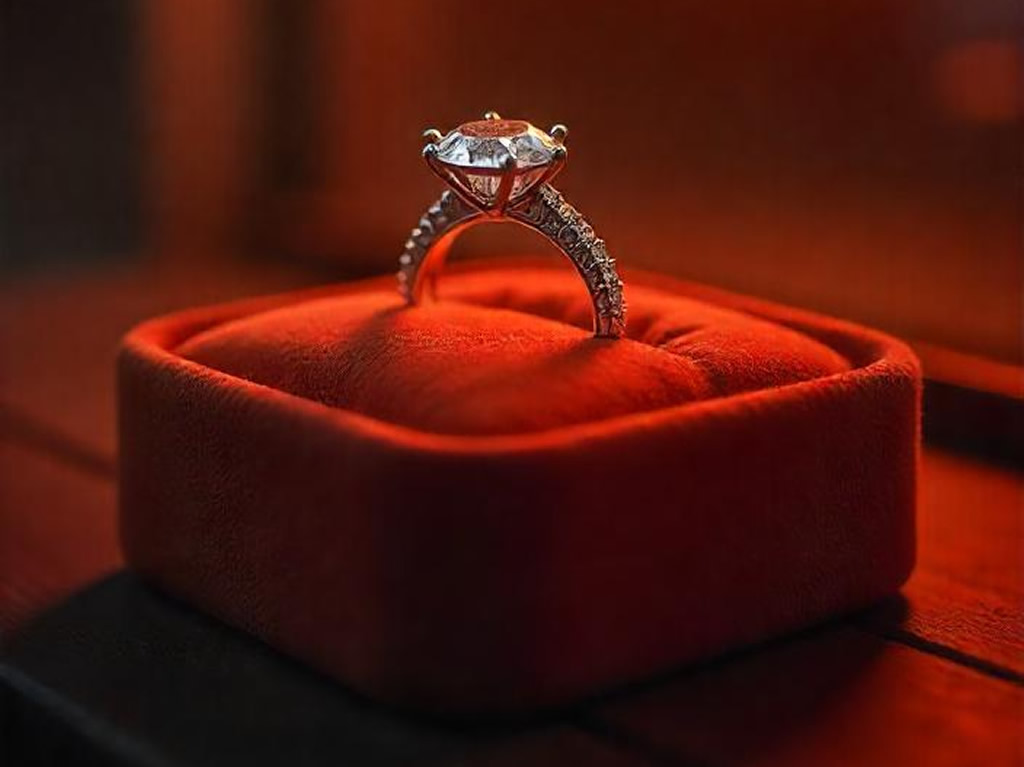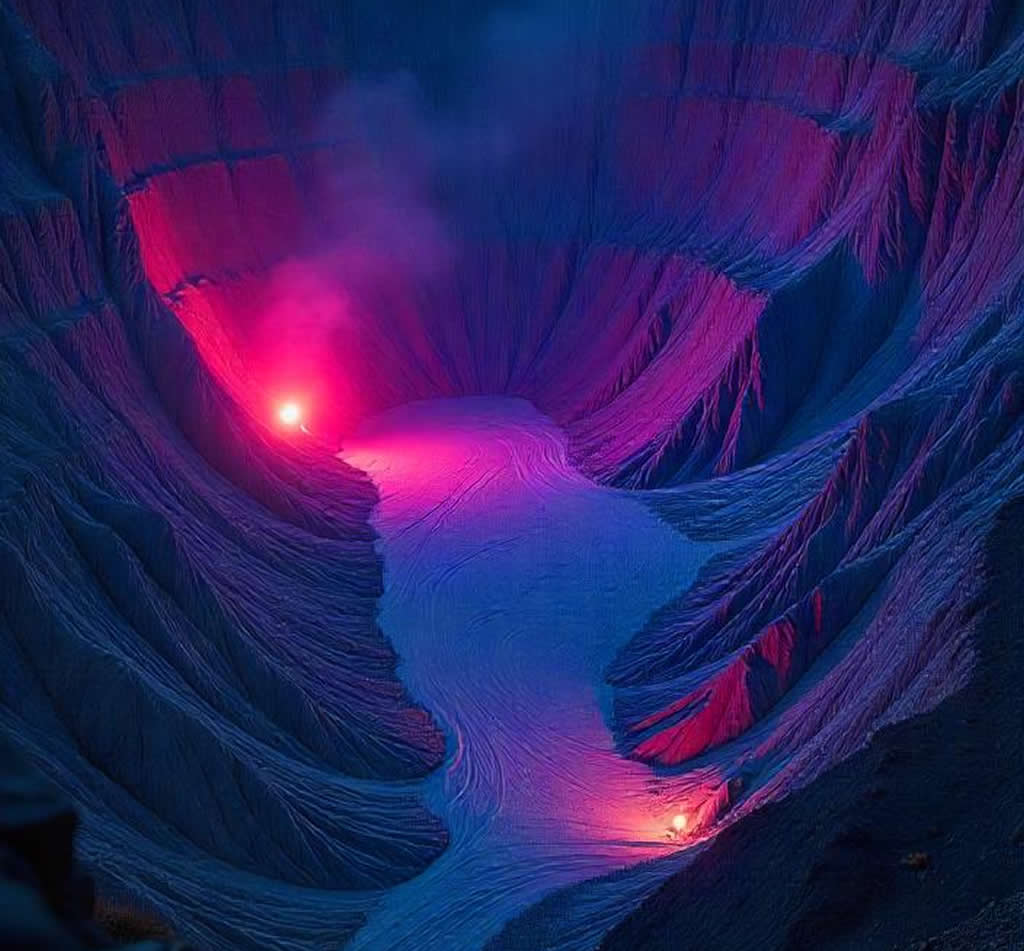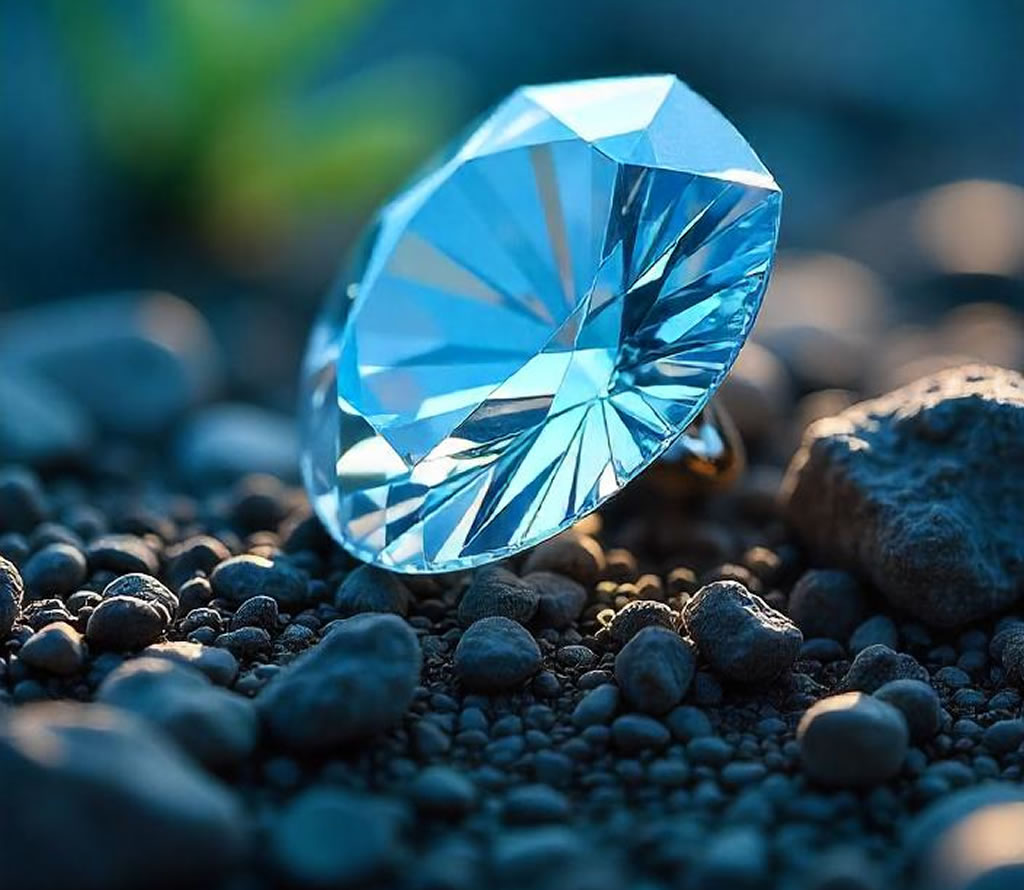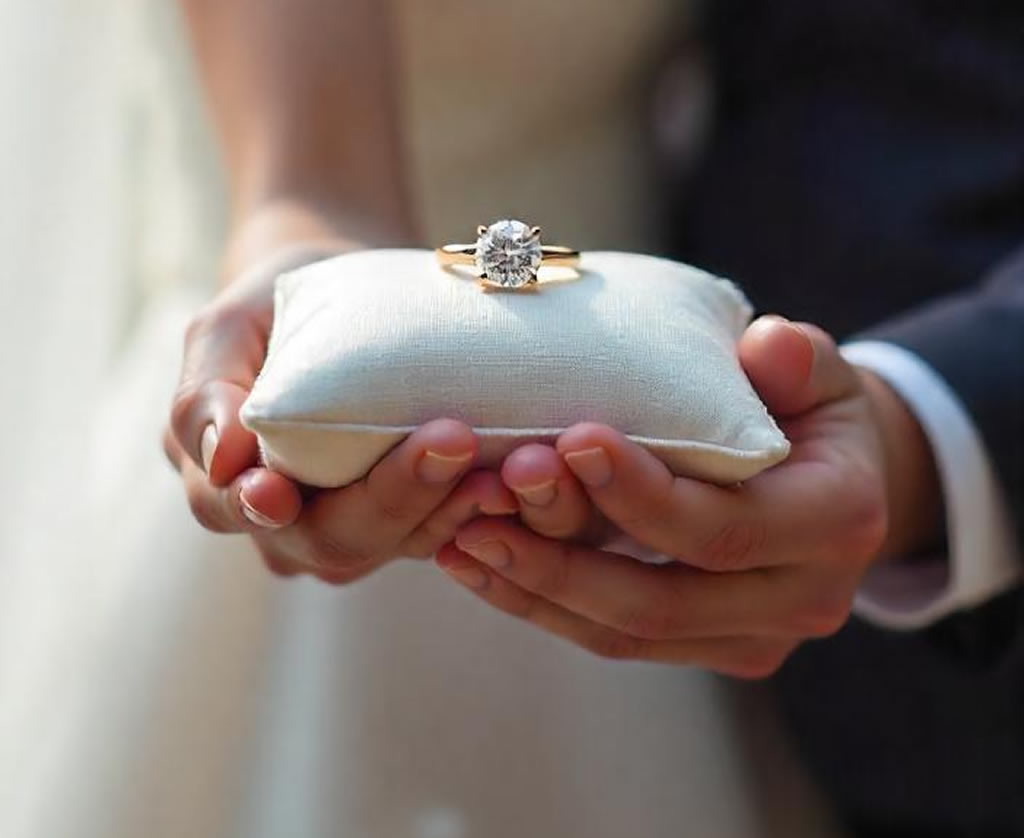Lab-grown diamonds have gone from niche to mainstream in just a few years. Once seen as a budget-friendly alternative, they’re now making their way into engagement rings, luxury jewelry, and even high-fashion collections.
What’s behind the shift? It’s not just price. More people are thinking about the impact of their purchases—on people, the planet, and supply chains. That’s where lab-grown diamonds come in. They offer a cleaner story, both ethically and environmentally, compared to traditionally mined stones.
And that story is starting to matter more than ever.

Ethical Concerns with Mined Diamonds
The term “blood diamonds” isn’t just dramatic marketing. It refers to diamonds mined in war zones and sold to finance armed conflict. While efforts like the Kimberley Process were created to stop this, many experts argue it’s not enough. Loopholes and weak enforcement still allow conflict diamonds to slip into the global market.
Beyond war zones, there are labor issues. Some mining operations rely on child labor or unsafe working conditions. Miners in parts of Africa and South America often face long hours, low wages, and exposure to toxic chemicals like mercury.
Ethical sourcing is hard to guarantee with mined diamonds. The supply chain is long and murky. Even “conflict-free” stones might come from places where labor and environmental standards are low or poorly enforced.
For consumers who care about human rights, that’s a dealbreaker.

Environmental Impact of Diamond Mining
Diamond mining leaves a big mark on the environment. Open-pit mines can stretch for miles, stripping ecosystems and displacing wildlife. One of the largest mines in Russia, for example, is over a kilometer wide and visible from space.
Water use is another problem. Mining operations often divert local water sources, affecting nearby communities and habitats. Toxic runoff can contaminate rivers and soil. In some regions, abandoned mines have left behind polluted land that’s difficult to restore.
Environmental Impact: Mined vs. Lab-Grown Diamonds (per carat)
Category | Mined Diamond | Lab-Grown Diamond |
Land Disrupted (m²) | 9 | 0.0065 |
Mineral Waste (kg) | 2,600 | 0.5 |
Then there’s the carbon footprint. Mined diamonds require heavy machinery and fuel, adding to greenhouse gas emissions. According to a report by the Diamond Foundry, mined diamonds can produce more than 100 times the carbon emissions of lab-grown stones per carat—though exact numbers vary depending on the source and assumptions used.
In short: traditional mining comes with high environmental costs, and those costs are becoming harder to ignore.

Benefits of Lab-Grown Diamonds

Lab-grown diamonds don’t come out of the ground—they’re made
in high-tech labs using methods like HPHT (high-pressure, high-temperature) or CVD
(chemical vapor deposition). Same structure, same sparkle—just without the
digging.
One big win? Way less environmental damage. No
deforestation. No massive craters. No toxic runoff. The energy use can vary
depending on how the lab is powered, but overall, the carbon footprint is
generally lower than that of mining. Some labs even use renewable energy.
Another plus: they don’t fund conflict. You know exactly
where they come from. That kind of traceability is hard to match with mined
stones.
Physically and chemically, they’re identical to natural
diamonds. Even professional jewelers need specialized equipment to tell them
apart. So you’re not “settling” for a lower-quality option—you’re just skipping
the environmental and ethical baggage.
Market Trends and Consumer Sentiment
Younger buyers—especially Millennials and Gen Z—are driving the shift. They care more about sustainability and ethics than status symbols. A flashy rock with a shady backstory just doesn’t hit the same.
According to a 2023 report by Bain & Company, lab-grown diamonds now make up over 10% of the global diamond market—and the number is rising fast. In the U.S., they’ve become especially popular for engagement rings. Lower price is part of it, but values play a bigger role.
Big retailers have noticed. Brands like Pandora, Brilliant Earth, and even De Beers (through its Lightbox line) are selling lab-created stones. What used to be a fringe market is now full-blown mainstream.
And with lab diamonds costing 30–50% less than mined ones, many buyers see it as a win-win: better ethics, lower price, same sparkle.
Projected Market Share of Lab-Grown Diamonds
Year | Estimated Market Share (%) |
2020 | ~5% |
2023 | ~10% |
2030 (est) | ~20% |

Market Trends and Consumer Sentiment
Younger buyers—especially Millennials and Gen Z—are driving the shift. They care more about sustainability and ethics than status symbols. A flashy rock with a shady backstory just doesn’t hit the same.
According to a 2023 report by Bain & Company, lab-grown diamonds now make up over 10% of the global diamond market—and the number is rising fast. In the U.S., they’ve become especially popular for engagement rings. Lower price is part of it, but values play a bigger role.
Big retailers have noticed. Brands like Pandora, Brilliant Earth, and even De Beers (through its Lightbox line) are selling lab-created stones. What used to be a fringe market is now full-blown mainstream.
And with lab diamonds costing 30–50% less than mined ones, many buyers see it as a win-win: better ethics, lower price, same sparkle.
Projected Market Share of Lab-Grown Diamonds
Year | Estimated Market Share (%) |
2020 | ~5% |
2023 | ~10% |
2030 (est) | ~20% |
Are Lab-Grown Diamonds Truly Better?
Lab-grown diamonds solve a lot of problems, but they’re not perfect.
The main critique? Energy use. Creating diamonds in a lab isn’t exactly low-tech. If the lab runs on fossil fuels, the carbon footprint can still be high. That’s why it matters how the diamonds are made, not just where.
Another concern is labor transparency. While lab diamonds avoid the issues tied to mining, some labs still operate in countries with weak labor protections. So “lab-grown” doesn’t automatically mean “ethical.” Certifications like SCS Global Services’ “Sustainably Rated Diamond” help add clarity, but not all stones are certified.
In short, lab-grown diamonds are a step forward—but not a perfect solution. The good news is that transparency is getting better. Consumers are starting to ask the right questions.
Final Thoughts
People aren’t just buying diamonds—they’re buying into a story. And more buyers want that story to align with their values.
Lab-grown diamonds offer a cleaner option. They sidestep the human rights issues tied to mining and leave a smaller mark on the planet. They’re also more transparent, traceable, and affordable. That’s a strong combo in a market that’s getting more conscious by the year.
They’re not flawless (no pun intended). Energy use and lab standards still matter. But compared to the long, murky trail of traditional diamonds, lab-grown stones are easier to trust.
Bottom line? The shift to lab-grown isn’t just a trend—it’s a sign of what modern consumers expect: ethics, clarity, and less impact.